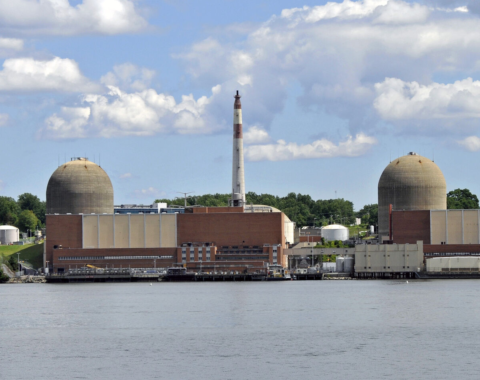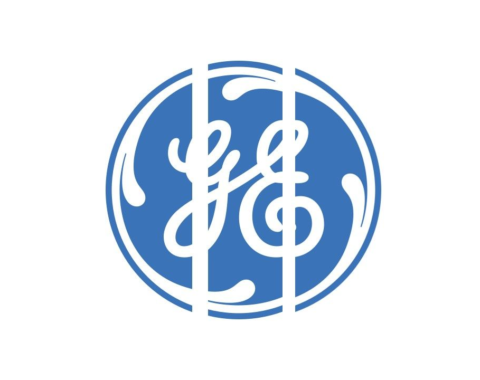
Pictured here, is the construction of an actual working fusion reactor – a 35-year “dream-come-true” for Nuclear Engineers. The five-year assembly phase has begun for the world’s largest Tokomak Fusion Reactor, named the International Thermonuclear Experimental Reactor (ITER), in Saint-Paul-les-Durance, France.
In order to undertake this project, international cooperation was needed due to its complexity and the high cost of construction. IER is funded by six nations, including the US, Russia, China, India, Japan, and South Korea at a cost of ~$24 billion and scheduled for operation in 2025. The 23,000-ton ITER is designed to produce 500 MW of fusion power from 50 MW of input heating power, thus making it energy positive.

In case you might not know, nuclear fusion occurs when two light nuclei collide together to form a single, heavier nucleus- resulting in the release of energy, because the mass of the new nucleus is less than the sum of the original two nuclei. The actual application of Einstein’s equation E=MC² -conversion of the mass to energy.
Nuclear fusion can generate four times as much energy from the same mass of fuel, as nuclear fission, like the process used in nuclear power plants. However, the biggest problems have always been the extremely high temperatures required for the fusion process to begin and the amount of energy needed for the magnetic fields used to control and confine the plasma. As a result, in the past, it has taken more energy to achieve fusion than the energy produced from fusion.
NOTE: Deuterium is one of the isotopes of hydrogen. It has one proton and one neutron. In contrast, the most common isotope of hydrogen, protium, has only one proton but no neutrons. Since, deuterium contains a neutron, it is more massive or heavier than protium, and is sometimes called heavy hydrogen.
Tritium or hydrogen-3 is a rare and radioactive isotope of hydrogen. It has one proton and two neutrons. In contrast, whereas the nucleus of the common isotope hydrogen-1 contains just one proton, and that of hydrogen-2 contains one proton and one neutron.
So, it is only natural to ask what is so different this time around that makes researchers confident that ITER will not be just another expensive experiment that will end up in the nuclear fusion trash heap.
Recently, ITER scientists developed a new superconducting material. It is basically, a steel tape coated with yttrium-barium-copper oxide, or YBCO, which allowed them to build smaller and more powerful magnets – reducing the energy needed to control and confine the plasma. 18 niobium-tin superconducting magnets, aka toroidal field coils, will be used to contain the 150 million °C plasma (Europe to manufacture ten of the toroidal field coils with Japan manufacturing nine.). These powerful magnets will generate a magnetic field equal to 11.8 Tesla, or a million times stronger than the earth’s magnetic field. Nearly 3,000 tonnes (metric tons) of these superconducting magnets will be connected by 200km of superconducting cables and kept at -269°C by the world’s largest cryostat manufactured in India.
The deuterium-tritium reaction is favored over the deuterium-deuterium reaction because the deuterium-tritium reaction is 20 times more reactive and requires a lower temperature, about 1/3 the temperature required by the deuterium-deuterium fusion reaction. Unlike deuterium, which is readily available in ordinary water, tritium is rare in nature, due to its relatively short half-life of only 12.3 years. However, our fission nuclear reactors are a reliable source of tritium for use in fusion reactors.
ITER, if successful, will demonstrate that carbon-free, energy-positive fusion energy can become a commercial reality.



